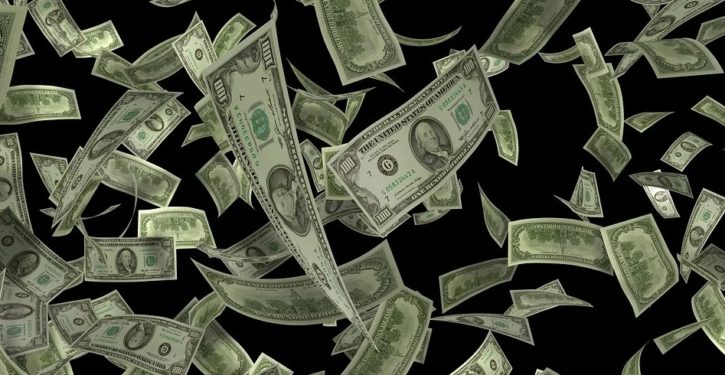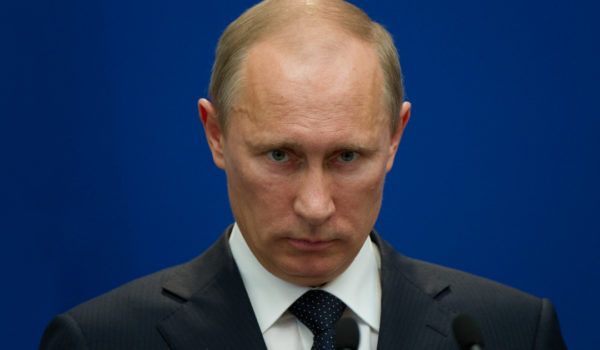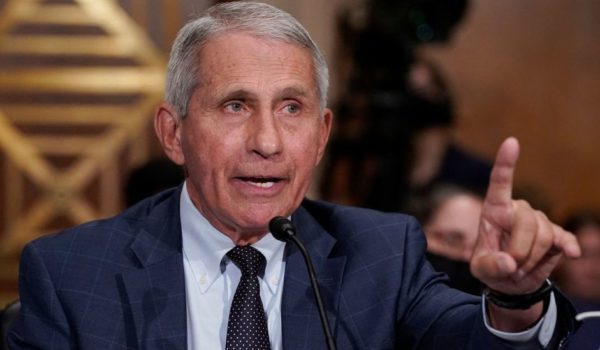
Is an economic bubble about to pop, bringing to an end an economic “recovery” inflated by the government giving people money to spend?
The New York Times reports that Americans’ savings are dwindling as the pandemic drags on. Once people’s savings run out, they inevitably spend less, and the fall in consumer spending that results could temporarily plunge the economy into a recession. As The Times observes, as people’s savings run out, that “could dampen consumer spending, a large share of economic activity”:
Infusions of government cash that warded off an economic calamity have left millions of households with bigger bank balances than before the pandemic — savings that have driven a torrent of consumer spending, helped pay off debts and, at times, reduced the urgency of job hunts.
But many low-income Americans find their savings dwindling or even depleted. And for them, the economic recovery is looking less buoyant….spikes in savings faded quickly…these excess savings among many working- and middle-class households could be exhausted as soon as early next year — not only reducing their financial cushions but also potentially affecting the economy, since consumer spending is such a large share of activity.
In April 2020, after the pandemic’s outset, the nation’s personal saving rate — the percentage of overall disposable income that goes into savings each month — jumped fourfold from its February 2020 level to 34 percent. Some of that spike in savings resulted from government checks of up to $1,200 sent to most Americans; some simply stemmed from reduced spending by firmly middle-class or affluent households during lockdowns….New research by the JPMorgan Chase Institute, which assesses the bank accounts of 1.6 million families, found that low-income families experienced the “greatest percent gains” during each round of stimulus, yet also exhausted their balances faster. That’s in part because those households went into the crisis with the thinnest financial buffers….The typical low-income family … experienced a much larger increase in relative terms — 70 percent — but that represented a total cash balance of only about $1,000…By October, the U.S. personal saving rate, which had peaked above 30 percent, had reverted to its December 2019 level of 7.3 percent.
But the government can’t keep giving people money forever, without bankrupting the country. America’s national debt is already at dangerously high levels, higher than most heavily-indebted nations as a share of our economy.
And even as the federal government was temporarily pumping up the economy by giving people money to spend, it was harming the economy by discouraging hard work. Biden’s American Rescue Plan contained provisions that reduce economic growth by encouraging some people to work less and earn less money. It withheld some people’s $1400 stimulus payments if they earned even a little bit more money. It gutted welfare reform, giving people welfare even when they could work. And it gave some people more money in unemployment benefits than they would get by working. It also rewarded many federal employees for not working, by paying them $1,400 per week to stay home if their kids are out of school. The payment structure of Biden’s “American Rescue Plan” created “high marginal tax rates and disincentives to work” for some taxpayers, according to analysts at the Tax Foundation.
Economists had expected that the economy would add more than a million jobs in April 2021, because it had been growing rapidly since fall 2020. But after Congress passed Biden’s $1.9 trillion “American Rescue Plan” in early March, employment grew by far less than expected, resulting in 700,000 fewer jobs.
The Labor Department reported recently that job growth fell in November as the economy lost steam. The U.S. economy added just 210,000 new jobs rather than the expected 550,000 jobs. Fox News reports:
U.S. job growth significantly undershot expectations in November, suggesting that difficulty in attracting new workers is weighing on the labor market’s recovery from the pandemic, even as COVID-19 cases dissipate nationwide.
The Labor Department said in its monthly payroll report released Friday that payrolls in November rose by just 210,000, well below the 550,000 jobs forecast by Refinitiv economists. It marked the slowest job growth this year….the latest figure marks a significant drop from October’s upwardly revised number of 546,000 and September’s upwardly revised 379,000. There are still about 3.9 million fewer jobs than there were last February, before the crisis began.
Future job growth could be even slower if Congress passes President Biden’s signature legislation, the Build Back Better Act. The Build Back Better Act is expected to increase prices and reduce labor supply, further harming the job market. The House of Representatives passed the Democrats’ “Build Back Better Act” on a party-line 220-213 vote, even though it is now clear that it won’t do what President Biden said. On Twitter, Biden claimed that “My Build Back Better Agenda costs zero dollars…And it adds zero dollars to the national debt.”
But the Build Back Better Act would increase the national debt by $792 billion between 2022 and 2026, according to the Congressional Budget Office. By driving up the national debt to dangerous levels, the Build Back Better Act would shrink the size of our economy. “The existence of the debt saps the rest of the economy,” consuming “money that could have gone to productive investment,” says U. Penn. economist Efraim Berkovich.
The Build Back Better Act is likely to increase inflation. Under it, “there will be a substantial fiscal pulse of $792 billion in the first 5 years, exacerbating inflationary pressures…[this] would, all else equal, exacerbate price increases,” notes the American Action Forum.
The Build Back Better Act would also reduce economic growth, by putting unfair marriage penalties into the tax code and access to government benefits. When fewer children grow up in intact families, and more grow up out-of-wedlock, that results in “higher levels of welfare dependency” and “lower intellectual development,” notes the Heritage Foundation. Yet the Build Back Better Act would encourage out-of-wedlock births, by conditioning tax credits for low-income people on them not getting married. As CNBC explains, “a childless worker marrying someone with a kid may eliminate” their tax credit under Biden’s plan. Getting married could “also reduce what their spouse with a child would have received if they were single.” Indeed, Biden would double the earned income tax credit’s “marriage penalty on childless worker benefits.”



